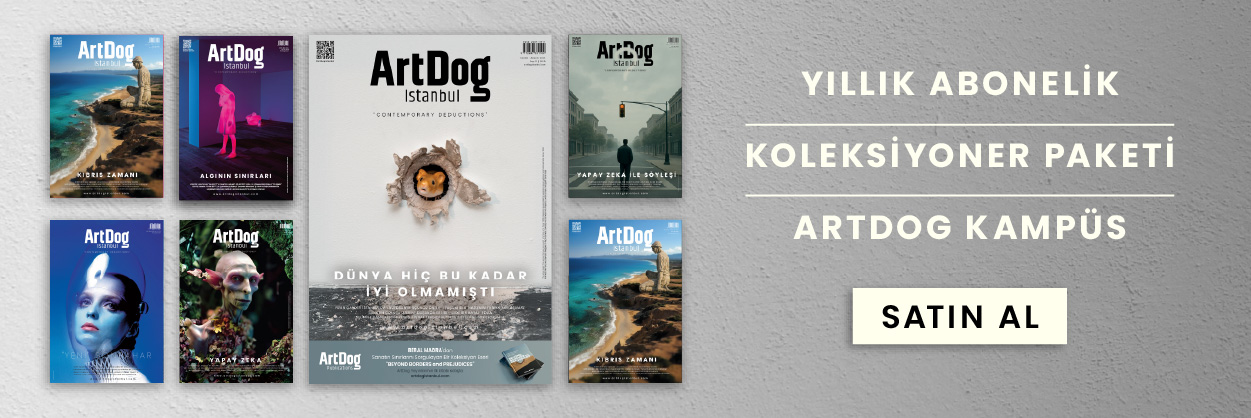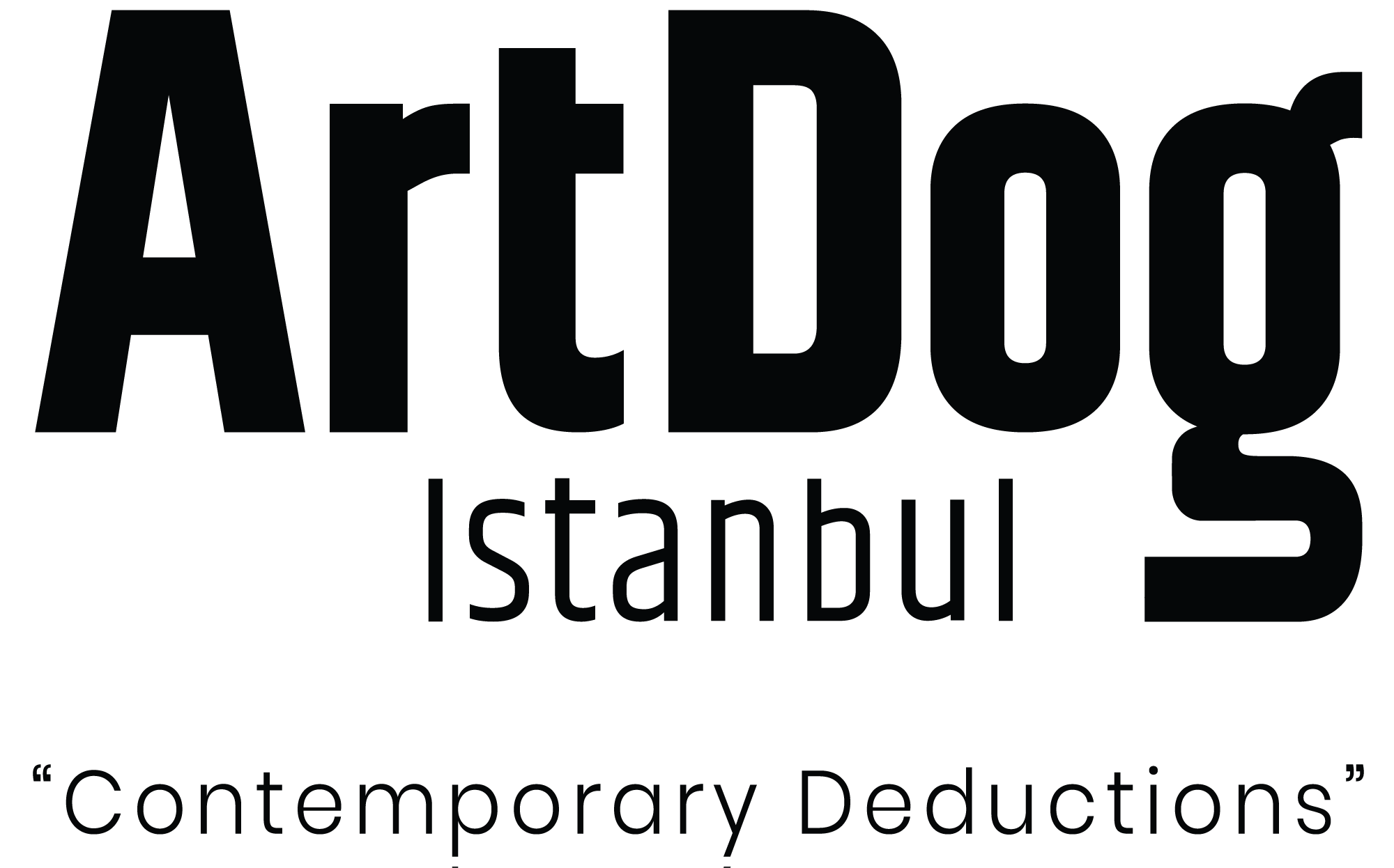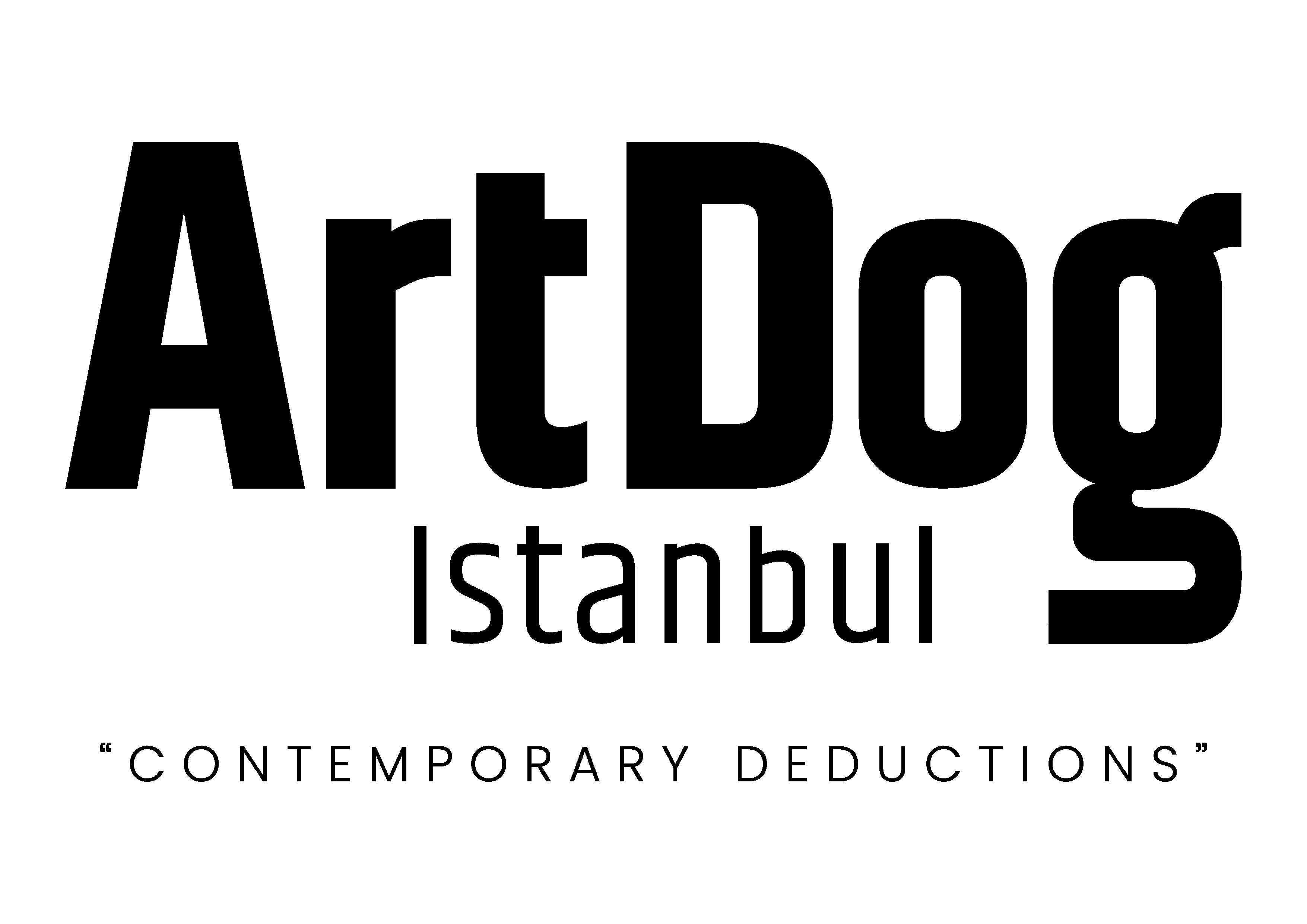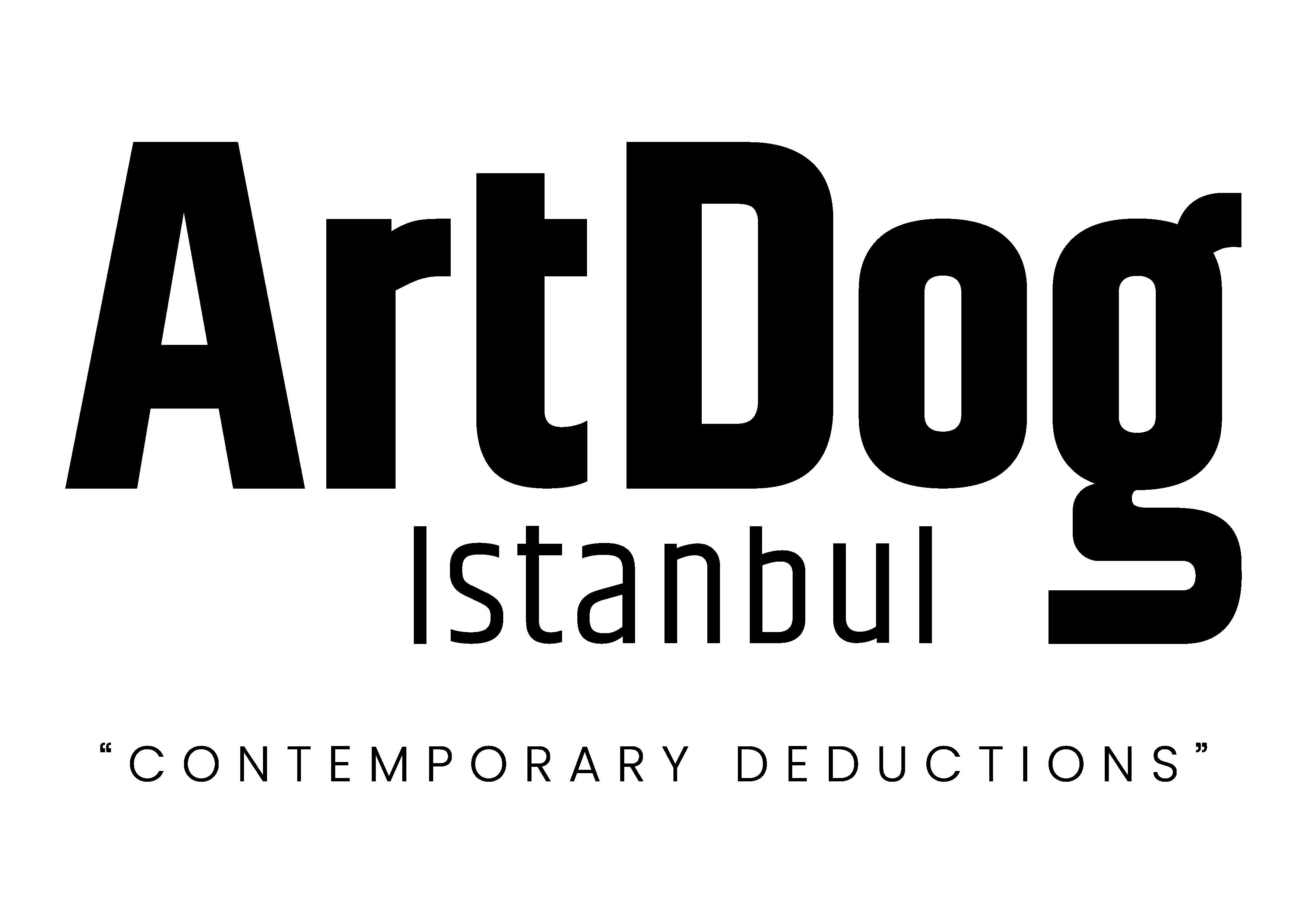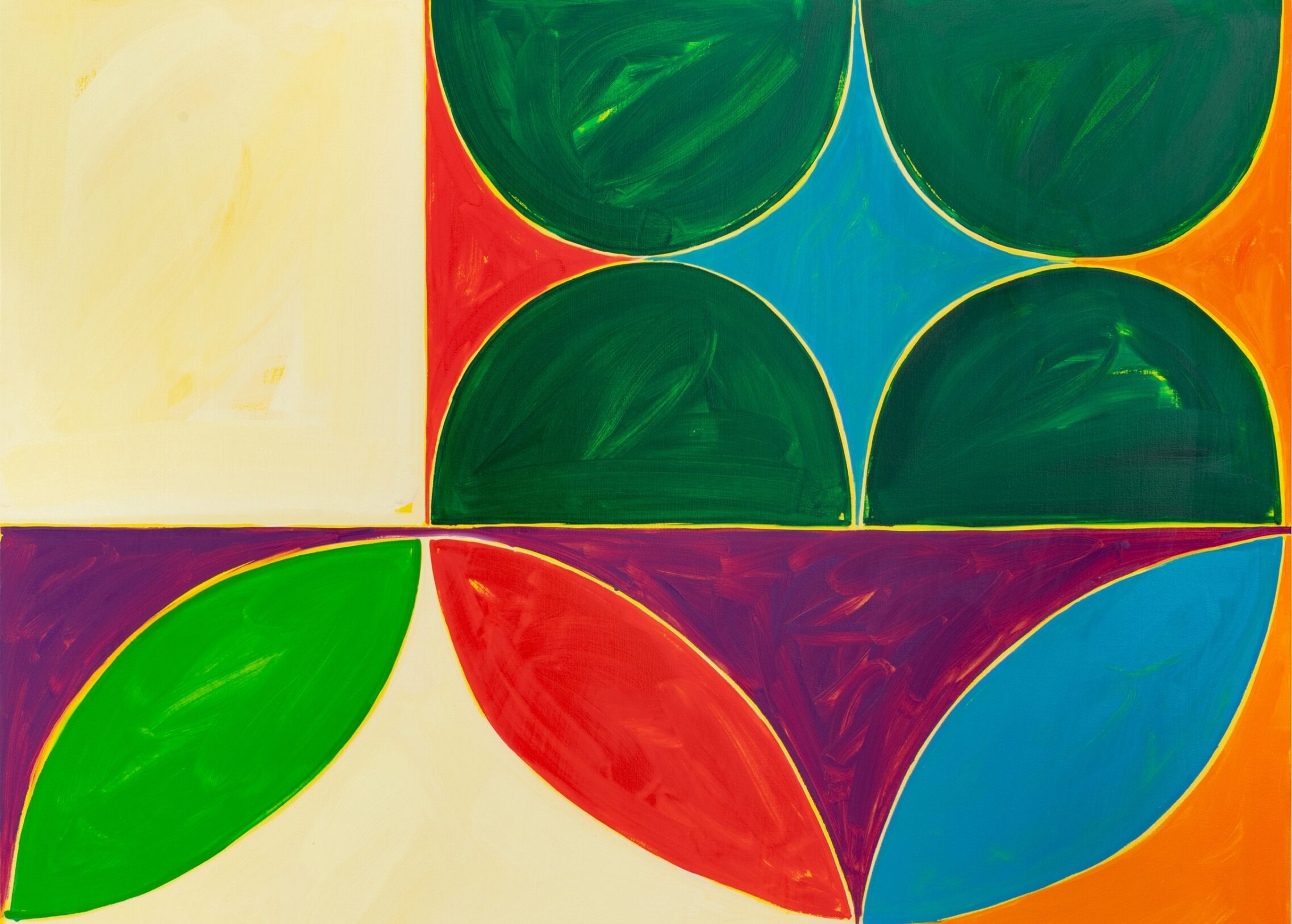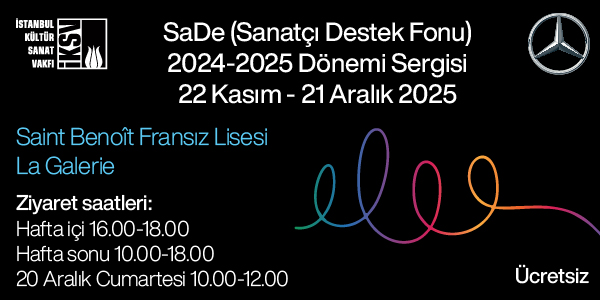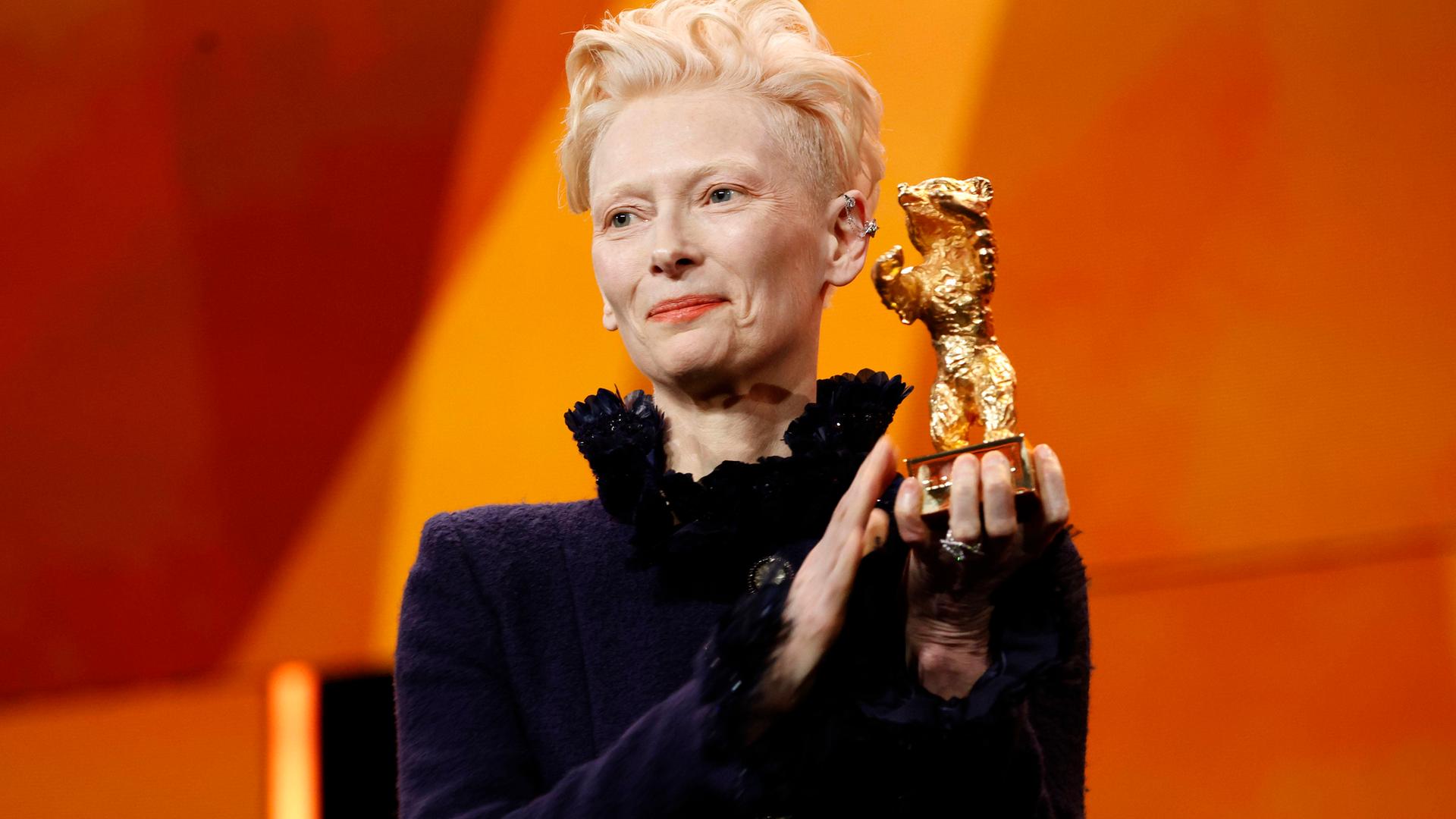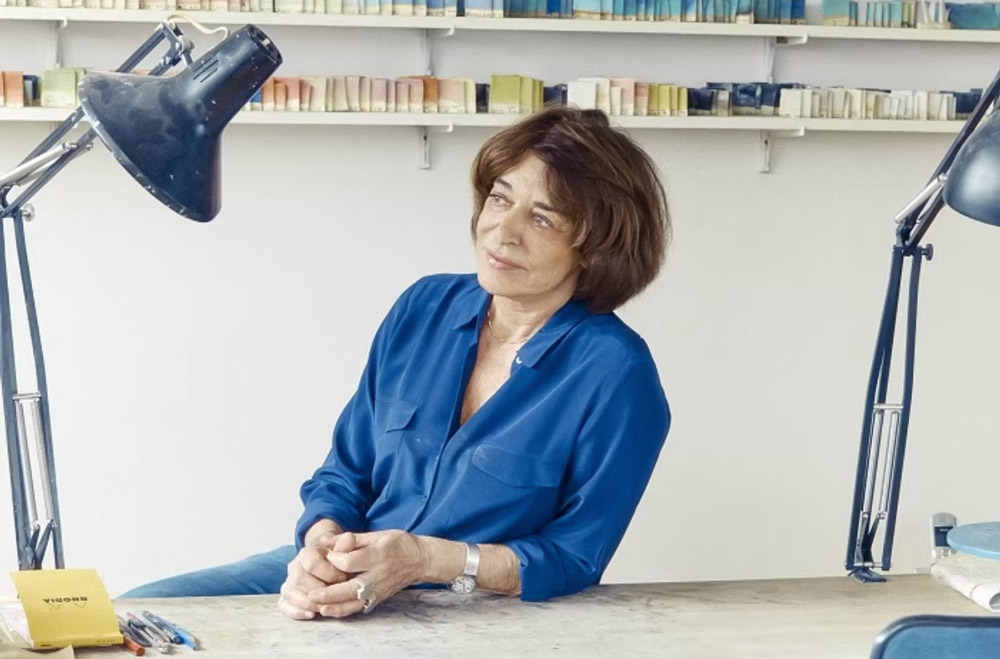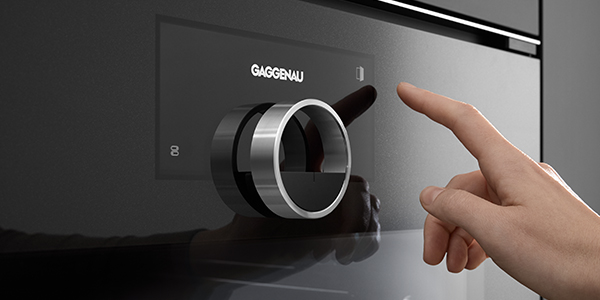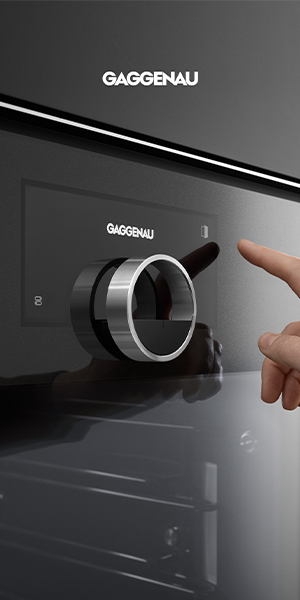American artist, writer, and curator Jason Stopa, living in Brooklyn, New York, is known as one of the innovative names of contemporary abstract painting. Born in 1983, Stopa questions the relationship between color, light, and space in depth, using a language born from the combination of analog and digital techniques in his works. The artist’s paintings are shaped by large brushstrokes and transparent layers that direct the visual perception of space, while light functions as a structural part of the painting, not just a background.
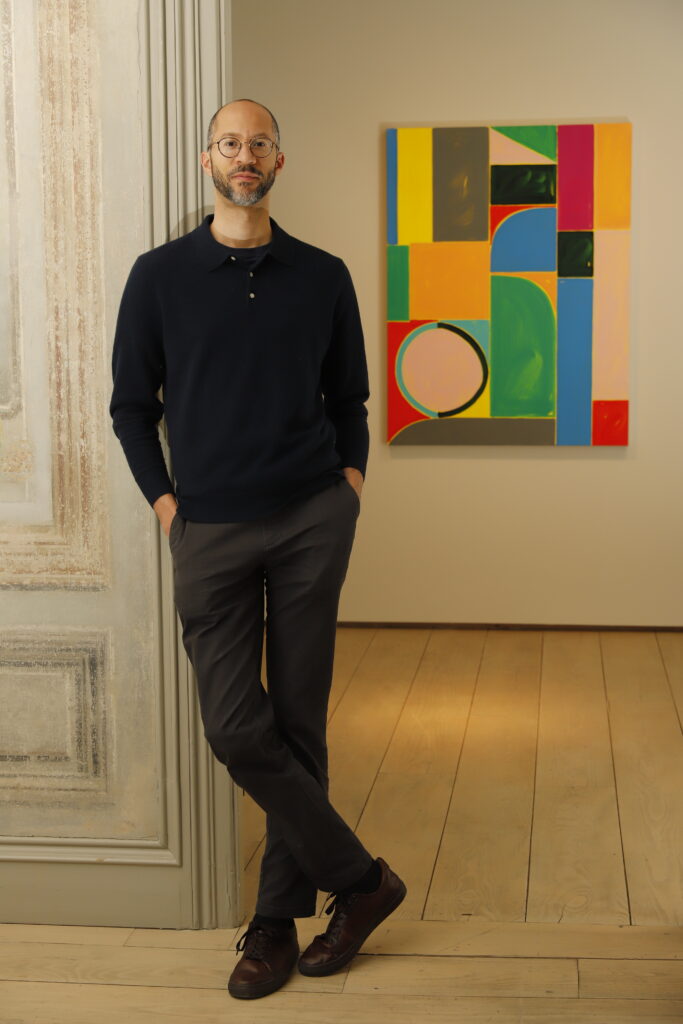
Jason Stopa goes beyond abstraction, questioning the boundaries between space and form in his paintings. In his art, each color and form is an aesthetic element and part of an emotional language and inner expression. This understanding is also evident in the artist’s exhibition Interior Monument. The exhibition is not only about abstract forms and colors but also about the impact of space and light on visual perception. Stopa’s works offer an experience that takes the viewer on a deep intellectual journey, exploring the inner dynamics of light and space.
In our interview with Jason Stopa, we had the opportunity to explore more closely the themes of his works and his personal creative process. Stopa shares how abstraction interacts with personal history and cultural context, how color and form become a form of emotional expression, and how he redefines the role of light in painting.
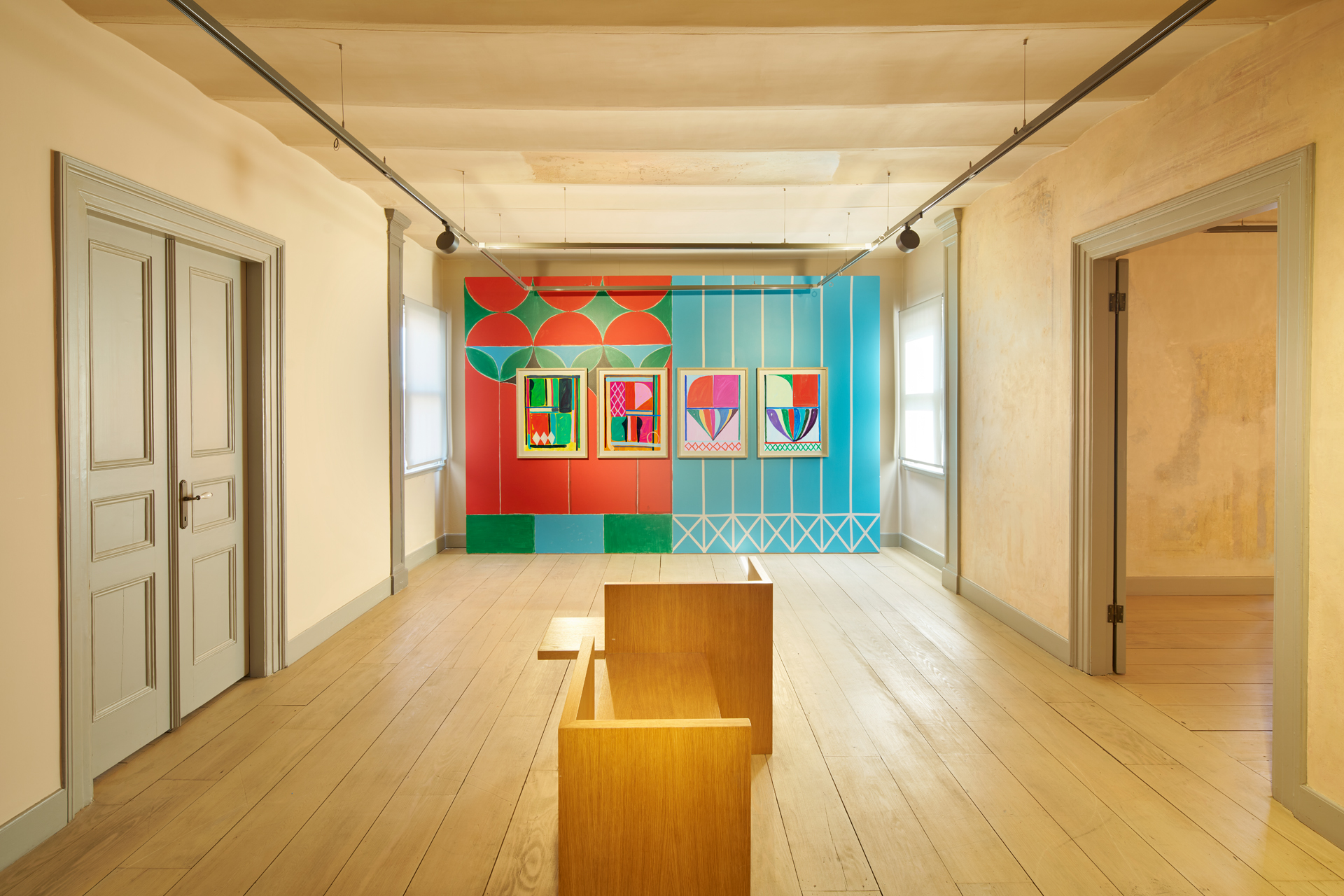
Your work combines abstract and architectural elements. How does your painting engage with space, and what kind of ‘place’ does it suggest to viewers?
I explore planar abstraction, where painted forms and the unpainted areas around them create a shifting depth on the picture plane. Light passing through these forms suggests an atmospheric quality. In “Interior Monument,” I examine convex and concave relationships. The sense of place evoked is ambiguous—perhaps an exotic locale or a private interior—but remains unnamed due to the abstract nature of the work. The exhibition at Sevil Dolmaci provides a fascinating setting, where the aged ceilings and decorative patterns complement my modern palette and motifs.
You blur the distinction between foreground and background in your paintings. How do you achieve this effect?
I addressed this in the previous response.
You draw from various periods of abstract painting history. Which artists have influenced you most, and how do they inform your approach?
I’m interested in the idea of Arcadia, a concept rooted in Greek antiquity that evolved into a symbol of a utopian wilderness. This theme appears in Matisse’s “The Joy of Life” and Bob Thompson’s “The Triumph of Bacchus.” I see this sentiment as part of a broader narrative about color and form. Contemporary artists like Patricia Treib and Karina Bisch also resonate with this dialogue.
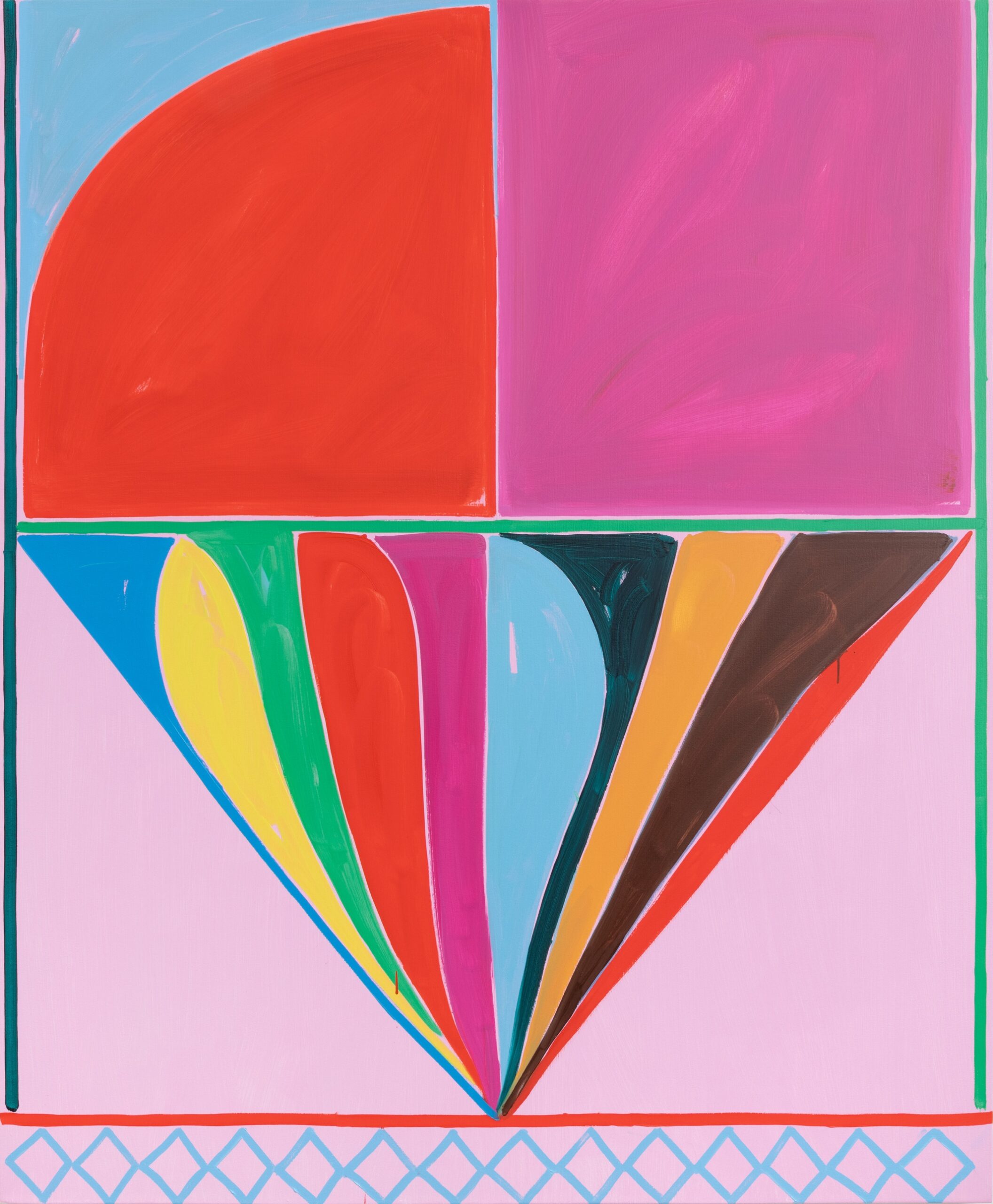
“How a painting is made is also part of its content”
How do you see the relationship between an artist’s intent and the audience’s interpretation? How do you expect viewers to engage with your paintings?
Painting is a language composed of color, line, form, and gesture, where the method of painting becomes part of the content. In works like “Garden City Ornament” (2024), pale yellow shapes descend the canvas like a paragraph or a musical composition. I explore polarities—elegance versus off-handedness, restraint versus expression—with each form both isolated and in dialogue with others. Ideally, viewers recognize the intentionality behind this.
Your exhibition “Interior Monument” touches on abstraction, space, and personal history. What does the title mean to you, and how does it frame the show’s conceptual framework?
Form exists both internally, as a personal experience, and externally, as part of the world. The title reflects this duality—monuments are public, while interiors are private. In my studio, I focus on aesthetic choices, but once the work enters the public realm, it engages with history and discourse. I research architectural sites tied to utopian ideals, like No-Stop City or Arcosanti, acknowledging that utopias often fragment over time. My monuments are both private and public.
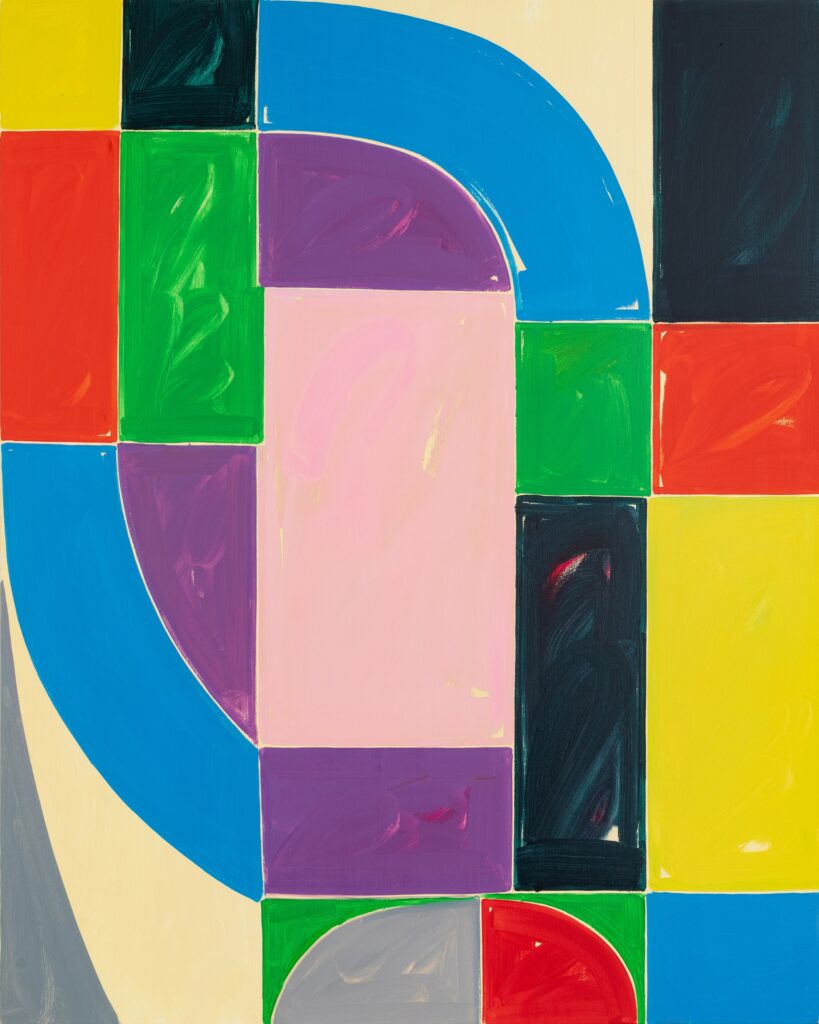
The title “Interior Monument” suggests a paradox. How do you reconcile this contradiction in your paintings?
As mentioned previously, the title reflects the tension between public and private space, explored in my work.
The bold and luminous color palette of “Interior Monument” is striking. How does color function in this exhibition? Does it hold symbolic meaning?
I often reference early Modernist palettes. In a 2023 BOMB interview, I discussed how color works in families. For instance, Christopher Wool and Joyce Pensato engage with a punk aesthetic, while my colors evoke sensuality, akin to the works of Matisse, Bob Thompson, and Mary Heilmann.
“My works have many links with Arabesque motifs”
Your practice merges physical space and digital aesthetics. How does the digital age influence your visual language?
My work doesn’t directly engage with digital aesthetics. Instead, it emphasizes the handmade and rejects mechanical processes, subtly critiquing the polished surfaces of digital media.
This is your first solo exhibition in Turkey. How might Istanbul’s cultural and historical context add new dimensions to the perception of your work?
My work has connections to the arabesque—rhythmic, interlocking patterns that reflect an ornamental relationship to the grid. Forms like stars, leaves, domes, and geometric shapes recur throughout my paintings. The arabesque, rooted in Islamic art and later Renaissance decoration, finds a powerful resonance in Istanbul, especially with the decorative tile work of the Blue Mosque. I’m drawn to fragments rather than totality, evoking familiarity without specificity. I hope the work is received with that same spirit of generosity.

